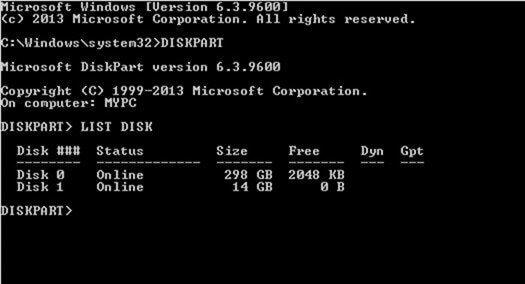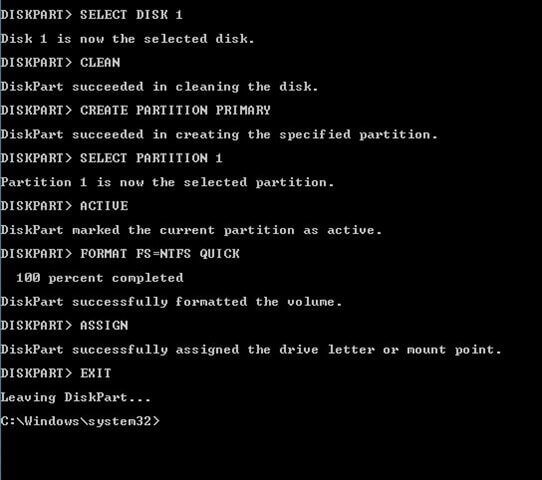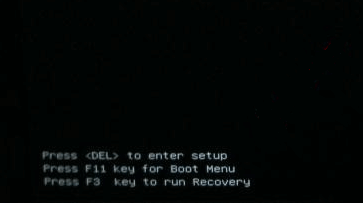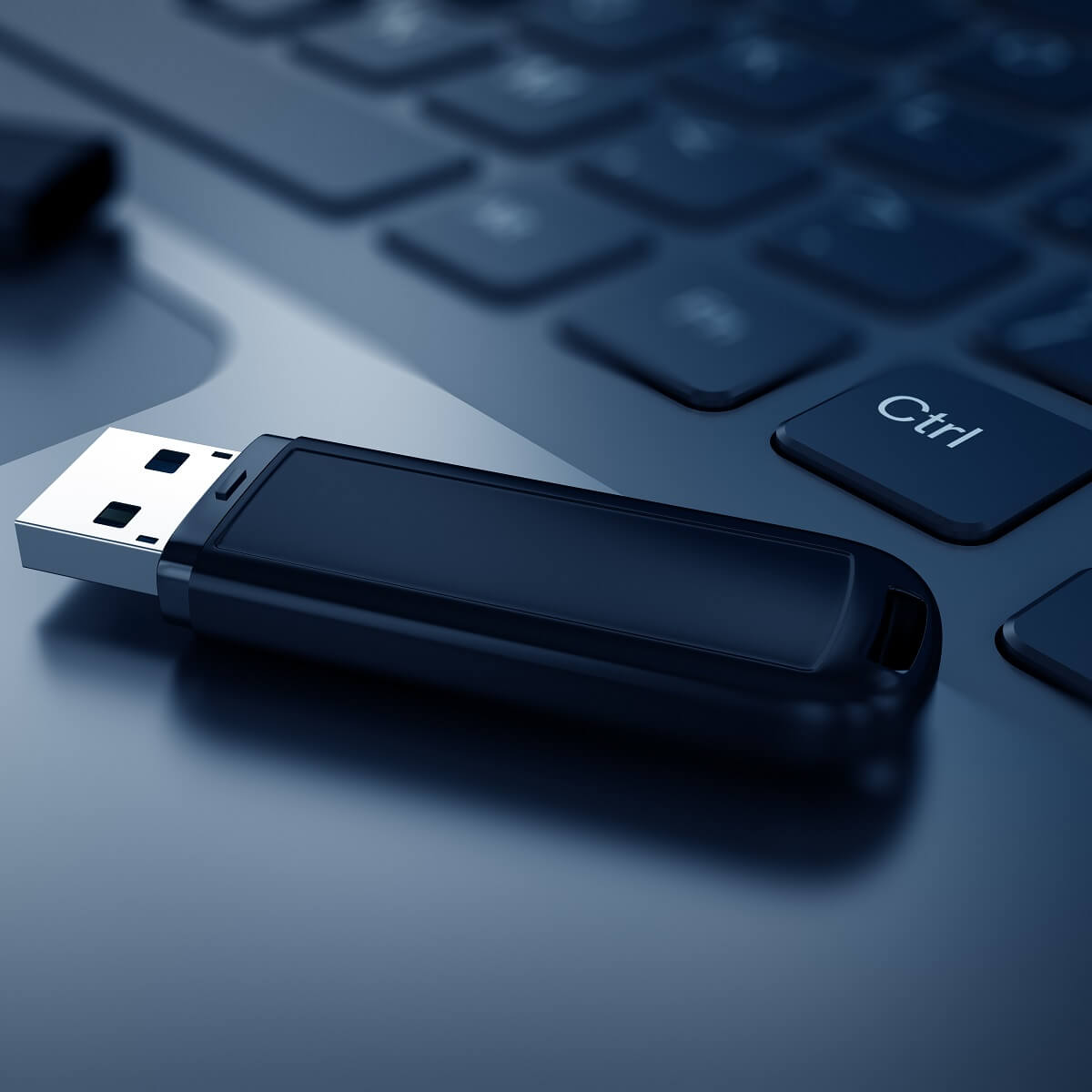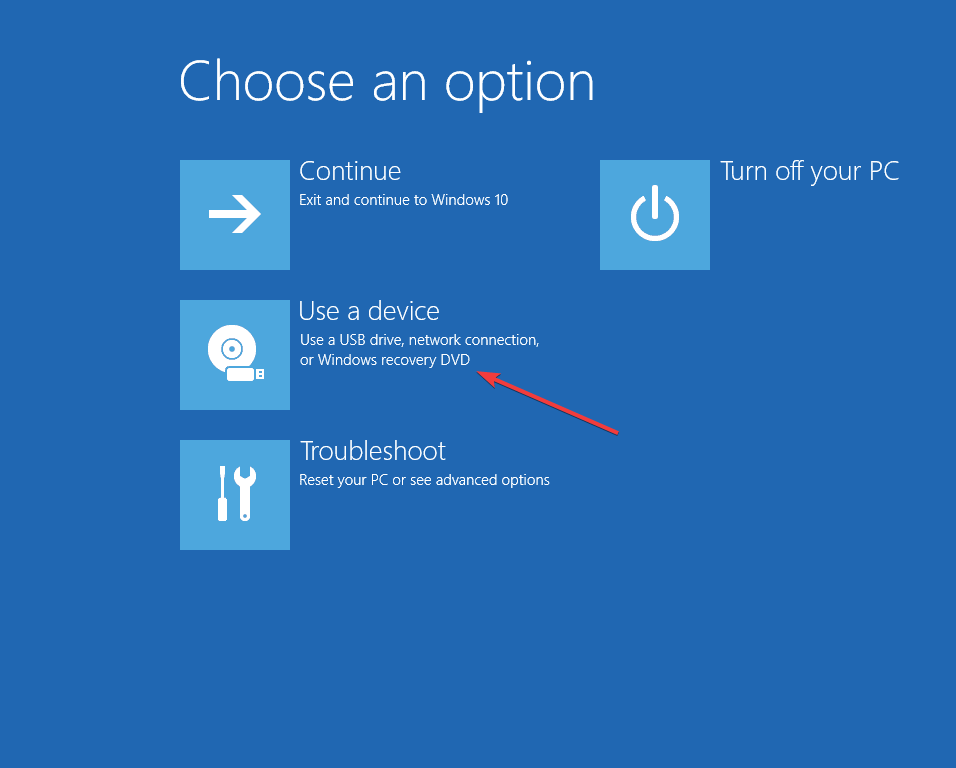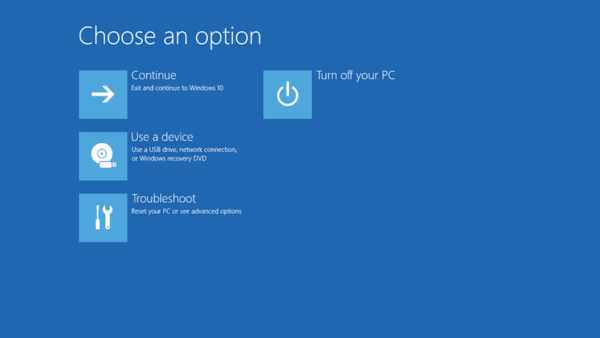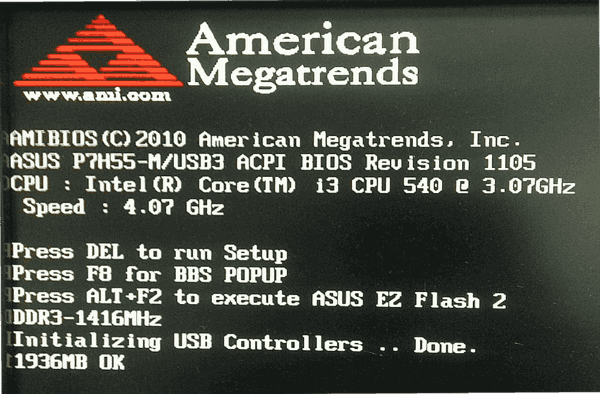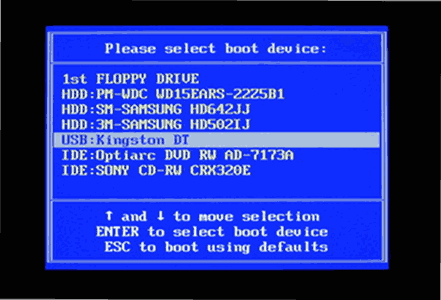Procedures and Steps to Boot Windows 10 From USB Flash Drive. – Multiple utilities exist on the Web that allows you to create a bootable USB for Windows 10. At the same time, a quite simple technique also occurs using that you can arrange a USB flash drive, turn into bootable, and install Win10.
Here, you will follow the process detail and steps with regard to Boot Windows 10 From USB Flash Drive via Command Prompt. This method is easy to proceed with the handful of commands. In addition, another important aspect of using Command Prompt is that it is free of errors if commands are correctly entered. But before you move towards the steps, there are some basic things that you will need to complete the process.
Requirement –
1#. Proper internet connection
2#. Windows 10 ISO
3#. A USB Flash Drive with more than 4 GB capacity.
4#. Properly working Windows 7/8/8.1 computer in order to create bootable USB.
5#. Please verify the version of Windows 7/8/8.1 before you proceed to generate a Windows 10 bootable media. This is important to check because you cannot use a 32-bit installation of Windows to generate a bootable USB with 64-bit Windows.
Step 1 – First and foremost, connect the USB flash drive to your PC (Windows 7 or 8.1) and transfer all the significant data to a secure location on the PC. This is necessary to perform as the drive will be cleared off completely during the process.
Note – Another small suggestion is to unplug the external hard disk if any, in order to avoid any confusion while selecting the correct drive in the future steps.
Step 2 – Now, after cleaning the pen drive in Step 1, it’s time to launch Command Prompt with admin authorities.
For Windows 7 – Click Start Menu => All Programs => Accessories. Now, right-click on Command Prompt. Select “Run as administrator” from the list of few options that show up.
For Windows 8 – First of all, press Windows key and start typing cmd. The result will show Command Prompt, right-click on it. Select “Run as administrator” from the few options that pop-up.
Step 3 – Click Yes button on the UAC prompt.
Step 4 – Now, copy the following command, paste on the Command Prompt that appears. After you insert the command, press Enter.
DISKPART
Step 5 – Next, type the following command to get all the connected disks –
LIST DISK
Note – In this step, properly note down the disk number of your hard disk as well as of connected USB drive respectively.
Step 6 – Moving ahead, insert these commands one after another. Also, don’t miss to press Enter after you type each command.
SELECT DISK 1
Important – Kindly substitute “1” in this command with the disk number of your USB Flash Drive that you have obtained in Step 5.
CLEAN
CREATE PARTITION PRIMARY
SELECT PARTITION 1
ACTIVE
FORMAT FS=NTFS QUICK
Note – In case, your computer supports UEFI, use FORMAT FS=FAT32 Quick command to format the drive.
ASSIGN
EXIT
Note – Please do not close the Command Prompt as the steps are not over yet. You will need it again, so, for the time being, just minimize it and follow the next step.
Step 7 – Now, in this step, you have to mount the ISO image of Windows 10.
For Windows 8 or 8.1 – Perform a right-click on the Windows 10 ISO image. From the list of options that pop-up, select Mount. Once the mounting is over, launch This PC and note down the drive letter of it.
For Windows 7 – Take the help of an image mounting software – such as Virtual Clone Drive for mounting. Once the mounting is over, take note of the drive letter.
Step 8 – Next, restore the Command Prompt that you have minimized after Step 6 and write these commands one after another. Mind to press Enter key after typing each command.
K: CD BOOT
Note – Substitute the letter K and insert the virtual drive letter that is containing Windows 10 installation file.
CD BOOT
Step 9 – In the end, type the below command –
BOOTSECT.EXE /NT60 S:
Note – Please substitute “S” with your USB drive letter.
Step 10 – Finally, a note “Bootcode was successfully updated on all targeted volumes” will show up on the Command Prompt. After you see this note, close Command Prompt.
Step 11 – Now, copy all the contents of the ISO file in the USB drive and make it bootable.
Step 12 – Insert the above-generated USB drive on your computer. Turn on or reboot the computer.
Step 13 – Moving ahead, press the “Boot Menu” key. Usually, the Boot Menu key varies for different motherboards. However, the boot screen will show up which key to press to launch the Boot Menu – such as F11.
Step 14 – Lastly, in the Boot Menu screen, the name of your USB drive will show up, click it.
Step 15 – Finally, follow the on-screen guidelines and Boot Windows 10 From USB Flash Drive.
Conclusion
So, to Boot Windows 10 From USB Flash Drive is not that difficult but however, you have to take care of certain things to make it work perfectly. In case, you have more on this subject, write to us in the comments form.
Disable Fast Boot prior to booting from USB
by Teodor Nechita
Eager to help those in need, Teodor writes articles daily on subjects regarding Windows, Xbox, and all things tech-related. When not working, you may usually find him either… read more
Updated on
- Your PC boots from your hard drive by default.
- Through manual configuration, you can set up your PC to boot from a USB flash drive.
- We will show you how to do this in our article.
Every time you boot your Windows PC, the default boot location is usually your hard drive where the operation system is installed. However, there are times when you may want to boot your PC from a USB drive.
However, this isn’t something that is very well-known but, even if users do know how to do it, they surely don’t know all the methods to do it.
That is precisely why we’ve compiled this step-by-step guide, to show you how to boot your Windows 10 PC from a USB drive.
How can I boot from a USB flash drive in Windows 10?
Note: If you have fast boot or ultra fast boot enabled in your UEFI firmware settings, then you will need to temporarily disable them to be able to boot from a USB.
1. Boot from a USB from within Windows 10
The Advanced Startup menu allow users to choose from which drive to boot their PCs. All you need to do is enter this menu upon booting, then manually configure the PC to boot from your USB drive.
How we test, review and rate?
We have worked for the past 6 months on building a new review system on how we produce content. Using it, we have subsequently redone most of our articles to provide actual hands-on expertise on the guides we made.
For more details you can read how we test, review, and rate at WindowsReport.
1. Connect your USB drive into one of the PC’s ports.
2. Press the key that allows you to enter Advanced Startup Options. On some PCs, for example, this key is F11.
3. You are now in the Advanced Startup menu.
4. Select Use a device.
5. Choose the USB drive you want to boot from.
6. The PC will now restart and boot from that particular USB drive.
Having problems accessing the Advanced Startup menu? Check out our guide that will show you how to make accessing it easier.
- Protected: How to Download Video from Facebook on PC
- Microsoft Authenticator App: Download & Install
- Is Windows 11 Faster Than Windows 10?
2. Boot from a USB drive at boot in a Windows 10 PC
- Connect a USB drive into one of the PC’s ports
- During a computer boot, enter the Boot Menu
- This process varies from PC to PC, so check out your PC manufacturer’s specifications based on your needs
- In the Boot Menu, select the USB drive you want to boot from
- This process depends on the PC that you have
- You can either move the USB drive up the priority list using the F4 or F5 keys
- You can also select to boot from it straight from the menu
- This process depends on the PC that you have

3. Boot from a USB drive on a Surface device
- While the surface device is turned off, connect a USB device
- Hold the volume-up button
- Press and release the power button
- Hold the volume-up button pressed until the Surface or Windows logo disappears
- The Surface Boot UEFI should appear
- Select Configure Alternate System Boot Order
- Rearrange the order so that the USB drive is the top pick
- Disable Secure Boot Control
- Restart the Surface device
By following any of the steps below, you should be able to easily boot both a Windows 10 PC and a Surface device from a USB drive.
Keep note that this will not affect the device’s ability to boot normally. If it boots without any bootable USB drive connected, it will switch back to booting from the system drive.
Let us know if you want to read about more boot options by commenting in the section below.
Skip to content
The days of burning operating system ISO images to a disc are long gone. Today, most PCs can boot from USB so it’s just easier to update and more convenient to install Windows from a USB flash drive. If you do not have an optical drive for reading DVDs or Blu-Rays in your PC but have a bootable USB drive, you may be interested in learning how to start your computer using that drive. There are a number of methods you can use.
There are a number of methods you can use in Windows 10 to start your PC from a USB drive. They can vary depending on your hardware and software. Modern computers allows you to select a bootable device at the startup (BIOS stage). UEFI firmware environments with Fast and Ultra Fast boot options often do not allow selecting a boot device. They provide a special option in advanced startup options instead.
To boot from a USB drive in Windows 10, do the following.
- Plug your bootable USB drive to your computer.
- Open the Advanced Startup Options screen.
- Click on the item Use a device.
- Click on the USB drive that you want to use to boot from.
The computer will restart and start from the selected USB device.
Note: If you don’t have such an item on the Advanced Startup Options screen, this means it is not supported by your hardware, or you have the Fast/Ultra Fast boot option enabled in UEFI.
In this case, the option you should choose in the UEFI BIOS screen should be the one to boot your PC from an external USB boot device.
Boot from a USB drive at PC startup
- Shutdown your PC or laptop.
- Connect your USB drive.
- Start your PC.
- If prompted, press a special key, e.g. F8.
- In the boot menu, select your USB drive and continue.
Tip: Refer to your laptop or motherboard manual to learn which key you need to press if your motherboard firmware shows no hint. The most common keys are F8 (ASUS), F11, and F12 (Acer) or Escape. You can try them if you have no user manual around.
If you need to create a Bootable USB drive, refer to the following articles:
- How to install Windows 10 from a bootable USB stick
- How to create a bootable UEFI USB drive with Windows 10 Setup
- Create Windows 10 Bootable USB Stick With PowerShell
That’s it.
Support us
Winaero greatly relies on your support. You can help the site keep bringing you interesting and useful content and software by using these options:
If you like this article, please share it using the buttons below. It won’t take a lot from you, but it will help us grow. Thanks for your support!
